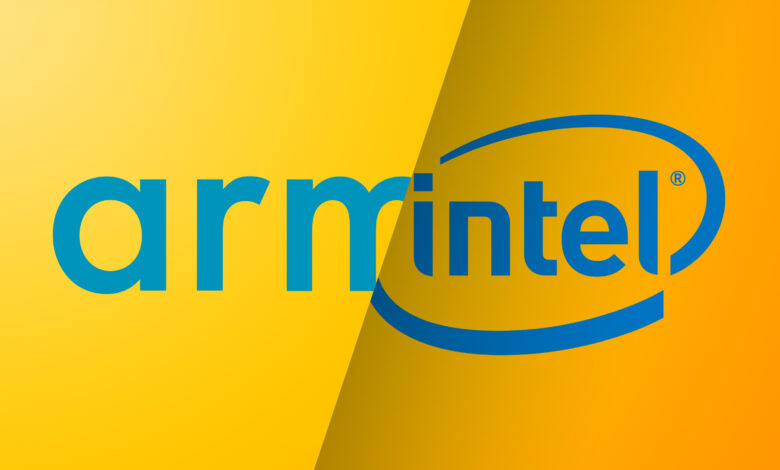
Apple at this year’s All over the world Developers Conference announced its intention to changeover absent from Intel processors to Macs run by its possess Apple Silicon chips setting up in late 2020. Apple claims that by making use of its have Arm-primarily based processors, it will be capable to make greater Macs that will boast greater general performance whilst also getting far more electrical power effective.
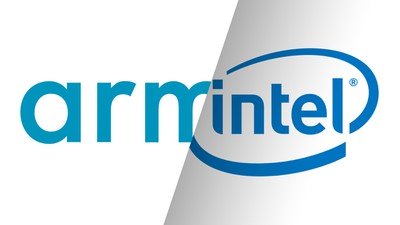
Apple’s announcement at WWDC 2020 was expected, but the timing of the transition has left several men and women in the current market for a new Mac asking yourself no matter if they ought to invest in one particular now, or wait until the very first Macs powered by Apple Silicon arrive. If you depend oneself between people facing the same predicament, then continue to keep examining. This posting summarizes the most salient points to take into consideration.
Contents
Exactly where Have I Heard of Arm Just before?
Apple is no stranger to Arm-primarily based architecture, and if you’re previously wedded to the Apple ecosystem, you almost certainly have a machine run by Arm chips. Apple iphone, iPad, Apple View, and Apple Tv set all use Advanced RISC device (Arm-primarily based) processors instead of Intel chips, which use the CISC instruction established.
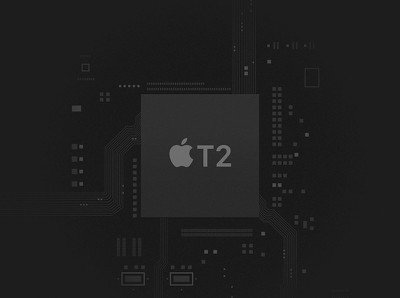
In simple fact, the MacBook Pro, MacBook Air, iMac Pro, Mac mini, and Mac Pro are currently equipped with Apple-developed Arm processors, in the variety of the T1 and T2 chips that electrical power the Touch Bar, Secure Enclave, and other functions in these devices.
Certainly, Apple’s familiarity with the architecture is just one of the explanations the enterprise has made the decision that it is really time to make the wholesale switch for its desktop and notebook devices.
Will Arm-Dependent Macs Be Superior Than Intel Macs?
Apple suggests it has been functioning on a loved ones of system-on-chip processors for its desktop and notebook Macs that will usher in a new set of options and supply “outstanding general performance.”
Apple loves superlatives, but the aspects are nevertheless slim, so it truly is hard to know exactly what overall performance gains are in retailer. But centered on earlier and latest architecture, there are some gains we can be sure of.
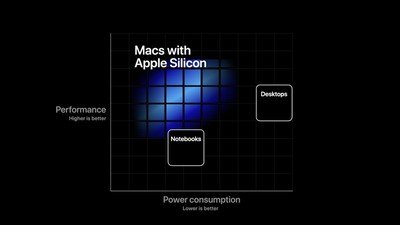
Thanks to Apple’s a long time of encounter honing electric power-successful chips for its Apple Watch and iOS products, it can be fair to say that we can count on a better stability of high functionality and minimal energy consumption. Apple’s customized chips will also provide ideal-in-course protection with the Protected Enclave, together with higher-efficiency graphics capabilities for expert apps and games.
Apple Silicon chips will also involve Neural Engines and Device Studying Accelerators, creating Macs suitable platforms for machine learning. Other systems established to aspect include things like a superior-good quality digital camera processor, general performance controller, superior-performance DRAM, unified memory, and cryptography acceleration.
In addition, Apple has created a number of tailor made systems that it can develop into Apple Silicon to combine the procedure and more enhance the Mac’s abilities, creating it stand out from the opposition. Just just take the T2 chip in latest Macs, which integrates the program management controller, the image sign processor, the SSD controller, and a Secure Enclave with a hardware-based mostly encryption engine, not to point out the Touch Bar and Touch ID.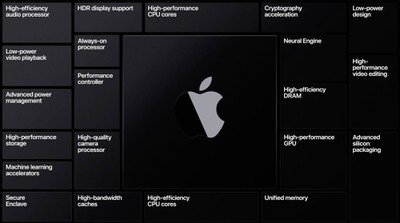
By heading all-in with its have silicon, Apple is raising its capability to regulate both the software package and the components, just like it does for iPhones and iPads, which ought to make for an improved person knowledge all round. Not only that, apps made for the iPhone and the iPad will run on Apple Silicon natively when the to start with Mac with an Apple-built chip is released.
How A lot More rapidly Will Apple Silicon Macs Be?
The real truth is we don’t know nonetheless. Apple looks assured in the upcoming overall performance of its Arm-dependent Macs. Presently, Apple is giving builders with a Developer Changeover Kit, which is a Mac mini with an A12Z iPad Professional chip. This is dependent on a 2019 Arm CPU that was created for the iPad, so should not be observed as agent of what Arm Mac efficiency will eventually be.
Thanks to the alter in CPU architecture, present-day Intel Mac software will be translated beneath Rosetta — this usually means that general performance of unoptimized software package will be slower right up until builders have a probability to guidance the new Arm processors.
Early benchmarks display how the developer kit performs with unoptimized software program, and delivers benchmarks about on par with 2013 to 2015-period MacBook Execs.
It is well worth noting, nevertheless, that the Arm-powered 2019 iPad Pro functioning Arm-native benchmarking application is faster than the 13-inch MacBook Pro (2019) in solitary main and multi-main benchmarks.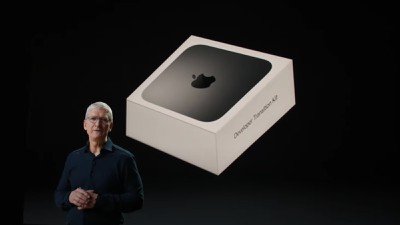
General, these early benchmarks seem promising, bearing in brain that Apple’s Arm-based mostly Macs that operate Apple Silicon will have new chips intended for exclusively for the Mac and primarily based on the A14 chip designed for the 2020 iPhone lineup with a 5-nanometer approach.
When Are the First Apple Silicon Macs Thanks to Launch?
At WWDC in June, Apple claimed that the 1st Mac that takes advantage of Apple Silicon will be released right before the conclude of 2020. The organization didn’t give any more details beyond that, but rumors suggest Apple is establishing at minimum 3 Mac processors all of which are dependent on the A14 chip in the forthcoming 2020 iPhones.
Revered Apple analyst Ming-Chi Kuo believes the 1st Macs that will adopt Apple’s tailor made chips will be a refreshed 13.3-inch MacBook Pro and a redesigned 24-inch iMac, with the updated equipment to launch in the fourth quarter of 2020 or early in 2021.
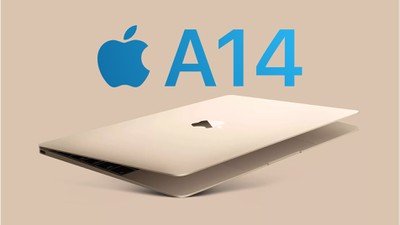
Apple analyst Ming-Chi Kuo has also claimed that Apple plans to launch at the very least 6 Mini-LED goods by the stop of 2021, which include 14-inch and 16-inch MacBook Pro types, so it really is possible that these new Macs will be amongst the very first to operate on Apple Silicon.
Apple has already verified that its Apple Silicon Macs will proceed to offer guidance for the Thunderbolt USB-C normal, so there will go on to be an Intel ingredient in the new devices immediately after all.
What Does Apple Silicon Mean for Intel-Primarily based Applications?
Apple has reported it will proceed to aid Intel Macs for several years right after the changeover to Apple Silicon is full, so if you buy an Intel-centered Mac today, you can assume to acquire computer software updates in the course of the everyday living of the equipment.
As indicated by its Developer Changeover Kit, Apple expects most developers to commence setting up native apps quickly. Nonetheless, buyers will continue to be in a position to operate Intel applications on Arm-based mostly Macs many thanks to Rosetta 2, a translation process that operates in the background and is invisible to the consumer.

Apple has demoed Rosetta 2 with apps and game titles, and revealed that you can find no apparent variation between running an Intel app on an Intel device as opposed to an Apple Silicon machine. Everything functions as you would hope, but if efficiency is critical to you it could consider some time for all your software package to be current to support the new processors.
If you count on Adobe software program, the superior news is that Apple has provided Adobe early accessibility to its Arm-based mostly architecture, and Photoshop and Lightroom are reportedly now jogging smoothly on Apple Silicon.
What If I Need to have My Mac to Operate Home windows?
Unfortunately, Boot Camp will not be offered on Macs that operate Apple Silicon, and present virtualization options also will not help functioning Intel Home windows. Even if VMWare or Parallels were being to offer that aid, it would put up with from slower functionality owing to the diverse CPU architectures concerned.
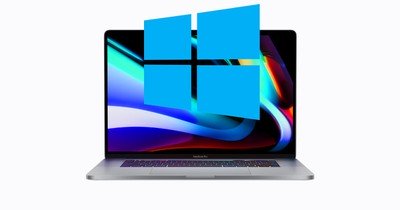
Microsoft does have its very own native Arm edition of Home windows it utilizes on its Surface Pro X, but that is only obtainable to companies who resell Microsoft items beneath their possess identify and branding. As significantly as we know, there are no recent programs make an Arm-centered version of Windows out there for Macs. Even if that have been to turn out to be offered for the Mac, it has its very own compatibility and functionality difficulties with classic Intel Home windows apps.
Really should I Purchase a Mac Now or Wait for Apple Silicon?
Apple is committed to supporting Intel-dependent Macs lengthy into the upcoming, and even claims it has new Mac designs in the pipeline that run on Intel processors.
In addition, Apple’s existing Mac lineup has never ever appeared in far better shape. The 16-inch MacBook Pro and the a short while ago updated 13-inch MacBook Pro in certain are very well-rounded devices that present really spectacular general performance throughout the board.
If running Windows is an crucial variable, then shopping for a present-day era Intel Mac makes much more feeling than waiting. Intel Macs will be supported for several years to come with new Intel Macs nevertheless in the pipeline.
In addition, if you are seeking to acquire a bigger stop Mac with distinct program where effectiveness is critical to you, it also could not be truly worth waiting. Early Apple Silicon Macs could not exchange the top-of-the-line for some time and indigenous software will consider some time to arrive.
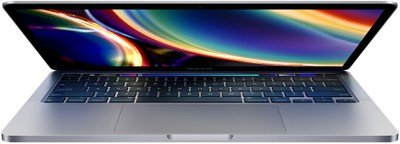
If you really don’t require to get a new Mac right absent, and the strategy of Apple Silicon excites you, it might be worthy of keeping out for a very little more time to see how issues evolve. Apple claims the very first Arm-based Mac is set to be launched prior to the conclude of 2020.
That mentioned, Apple has also said that it will consider two many years to changeover its overall Mac lineup to Apple Silicon, so relying on what form of Mac you want, you could be in for a very long wait.

